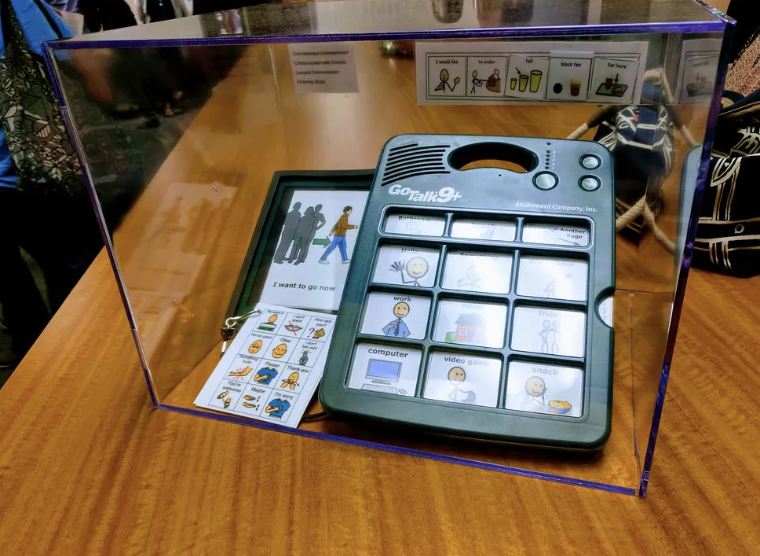Non-Verbal and Verbal Communication
Understanding Communication in Autism Spectrum Disorder
When understanding communication in ASD, there are multiple aspects to consider. Forty percent of children with Autism are non-verbal. However, communication is still possible with “AAC” (Assistive and Augmentative Communication) strategies and devices.
Social communication skills include the ability to vary speech style, take the perspective of others, understand, and appropriately use the rules for verbal and nonverbal communication, and use the structural aspects of language. Even when verbalization is present, socially acceptable use of language can be a challenge.
For example, children who are learning social and communication skills in a typical way will often show examples of joint attention from the time they are twelve months old. Joint attention is important in helping people communicate with each other all through life.
During the period when infants acquire the ability to engage in intentional communication, typically developing infants can reverse roles in social games, engage in deliberate imitation of another person’s facial movements, and somewhat later take the maternal role in play with dolls or life partners. For children on the spectrum, joint attention is one of the first challenges that we notice.
Another challenge could be grasping that presuppositional knowledge allows speakers to provide the correct amount of information necessary to get their message across to a listener. For example, it is not necessary to say “Jim once taught children with ASD. Jim no longer teaches children with ASD.”
The second sentence presupposes the first, so the first does not need to be stated explicitly. A speaker on this ASD spectrum may falsely judge the listener’s previous knowledge or degree of interest.
The development of communication skills is essential for living a full and productive life!
Example of assistive technology to help develop communication skills.

